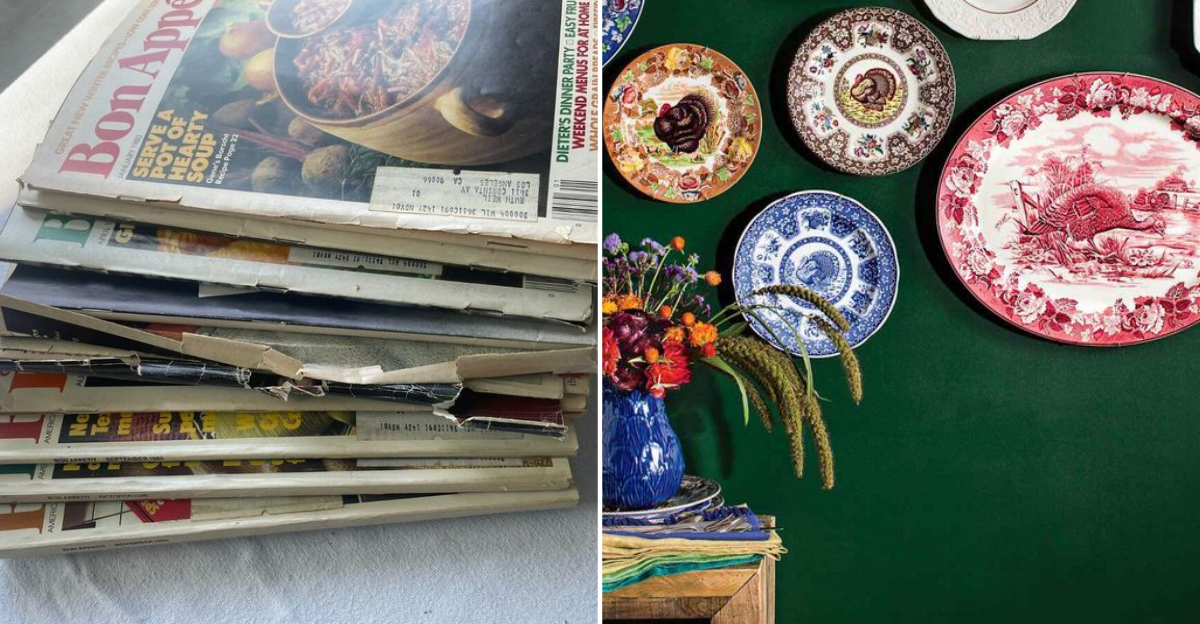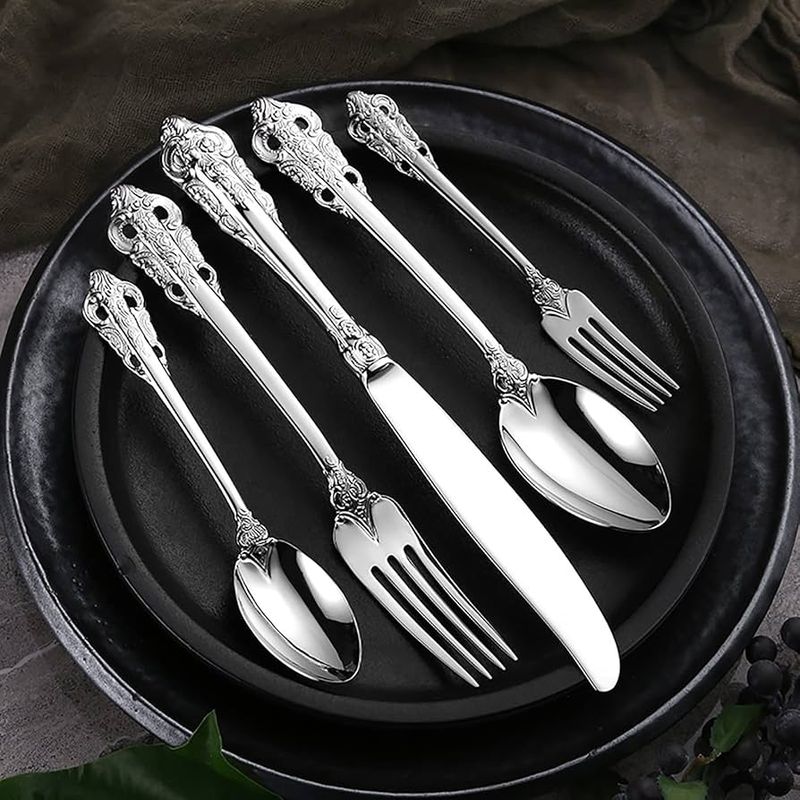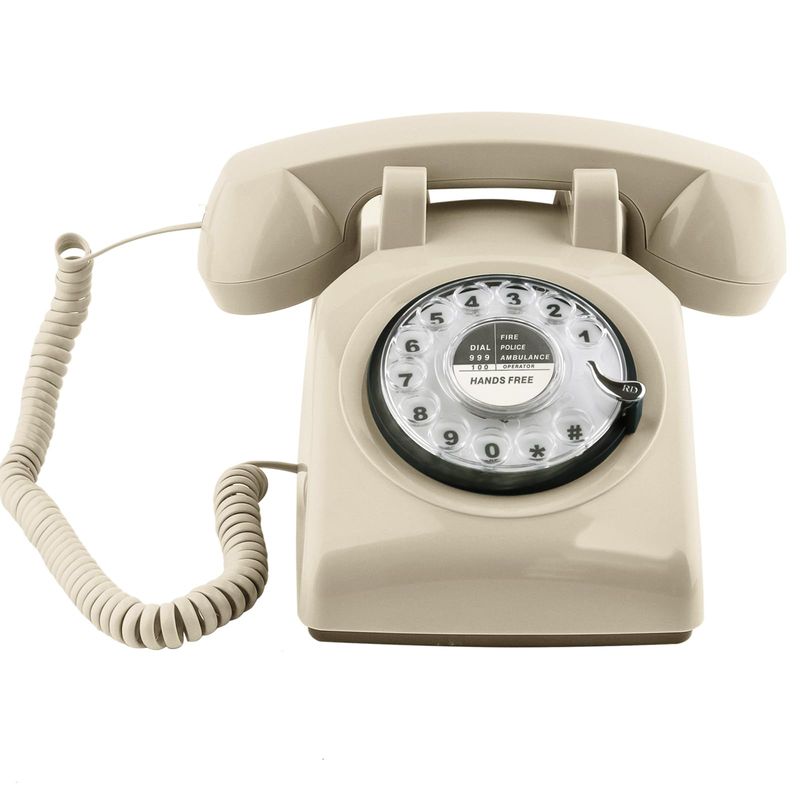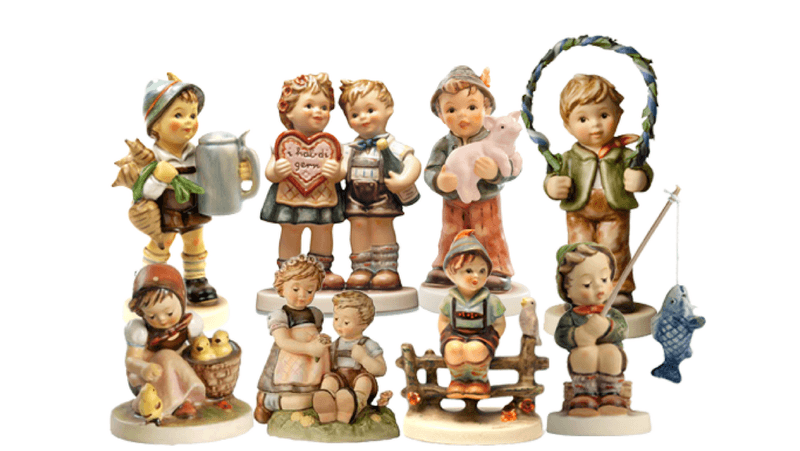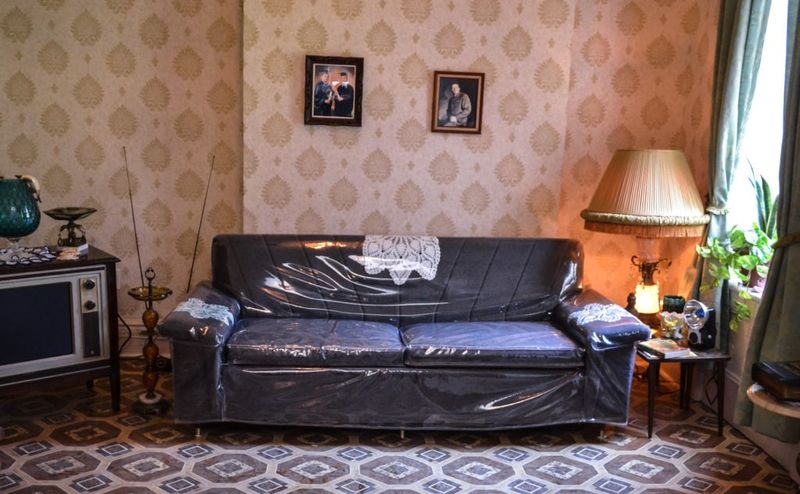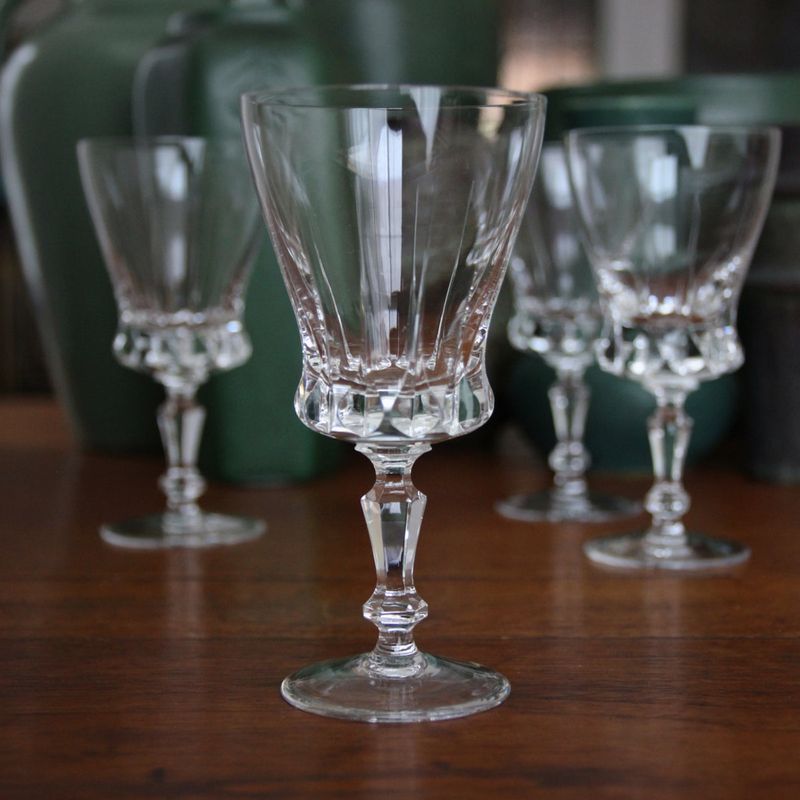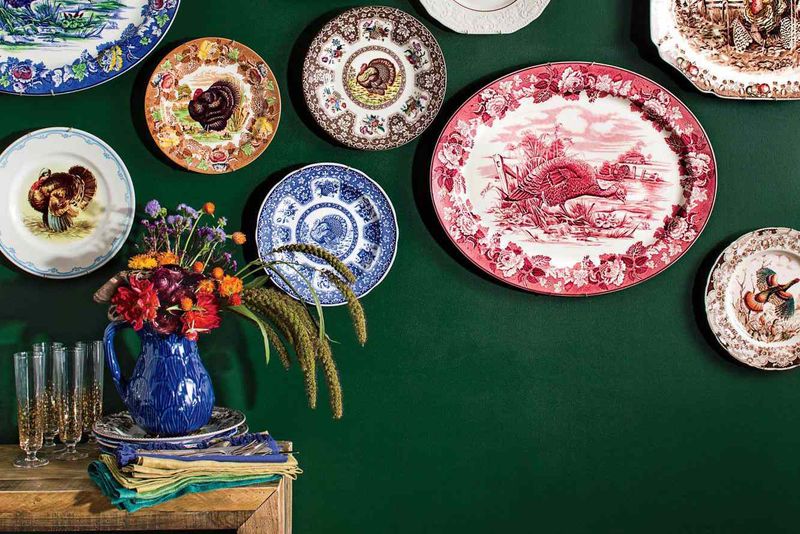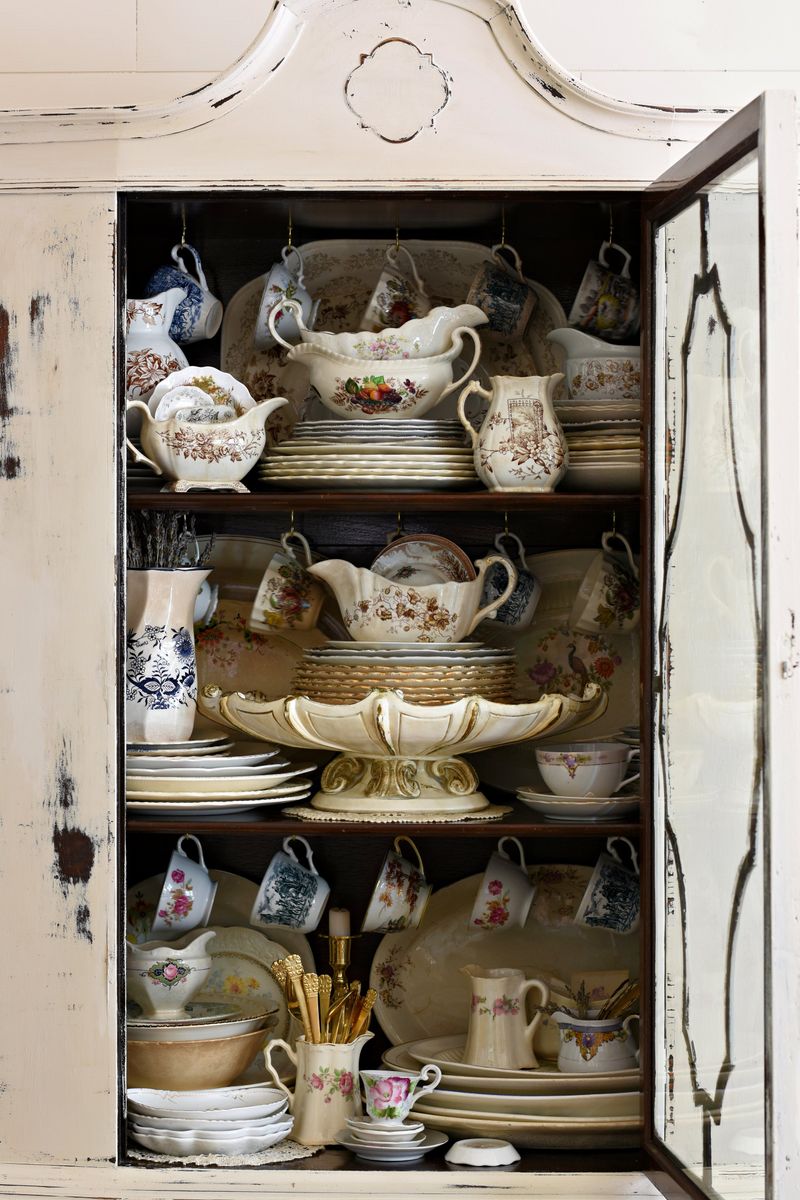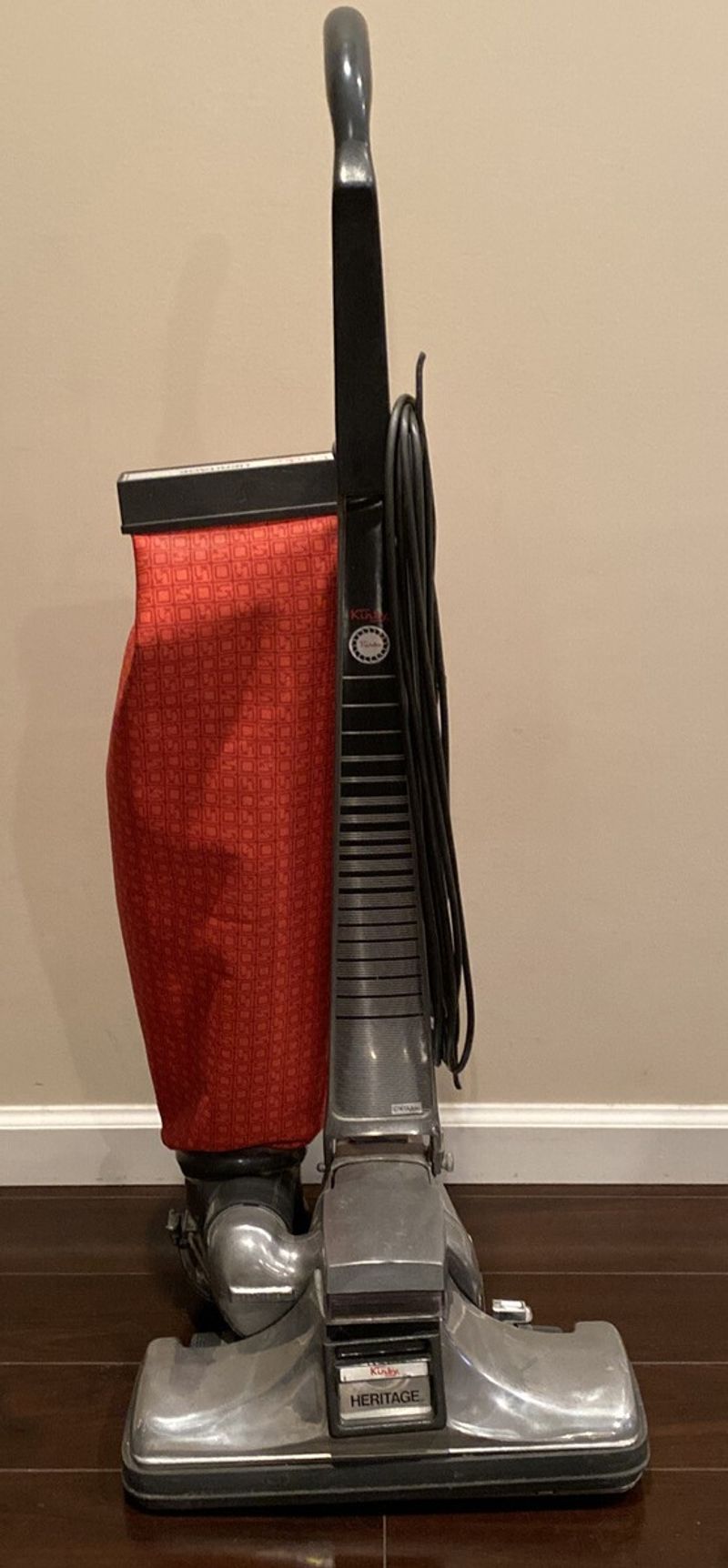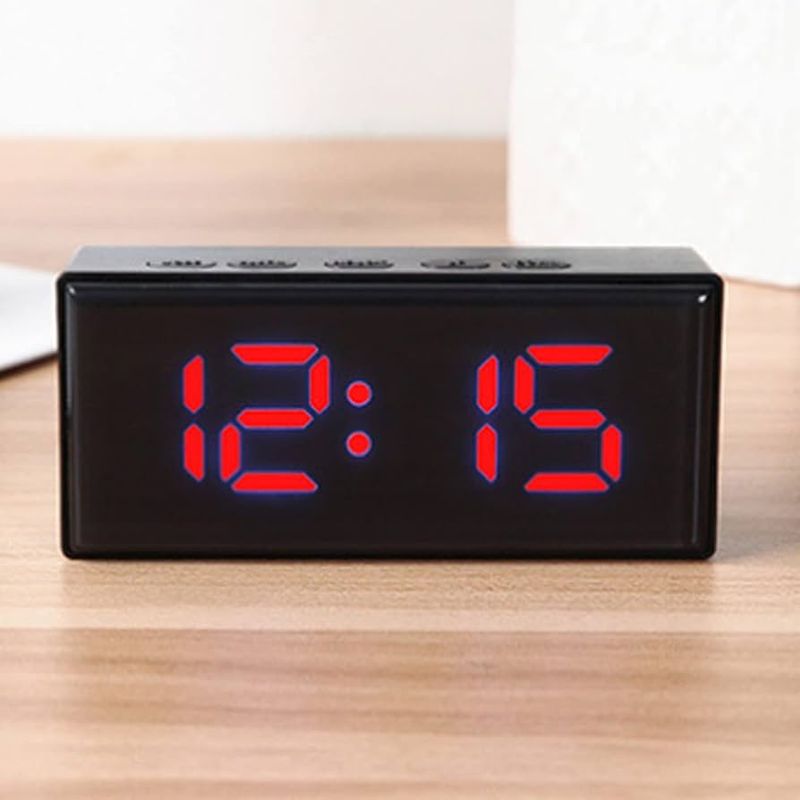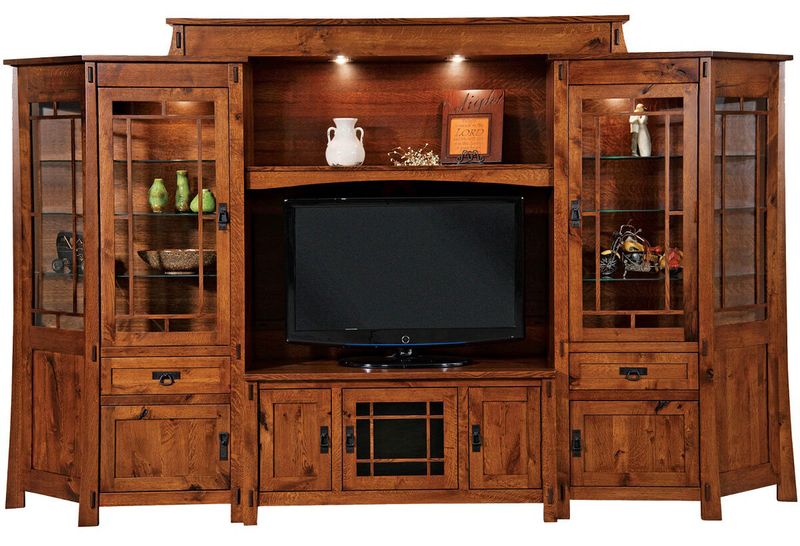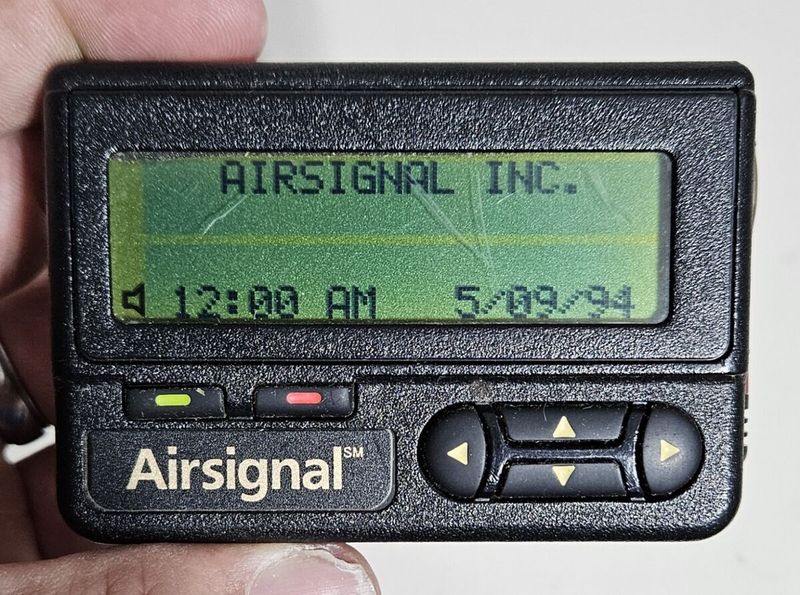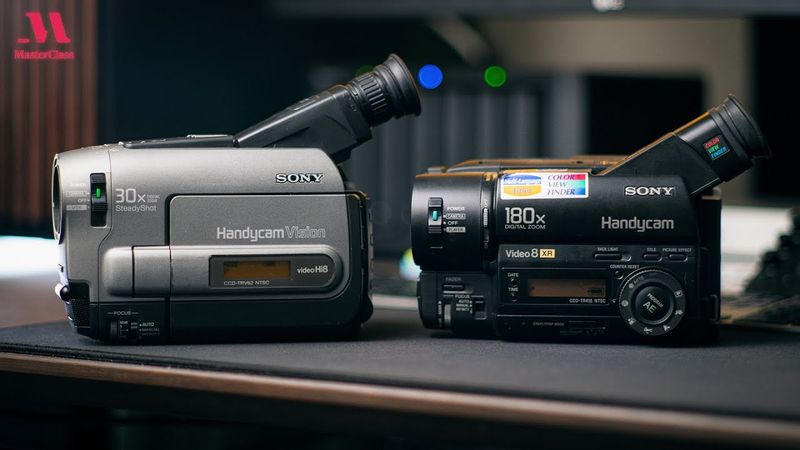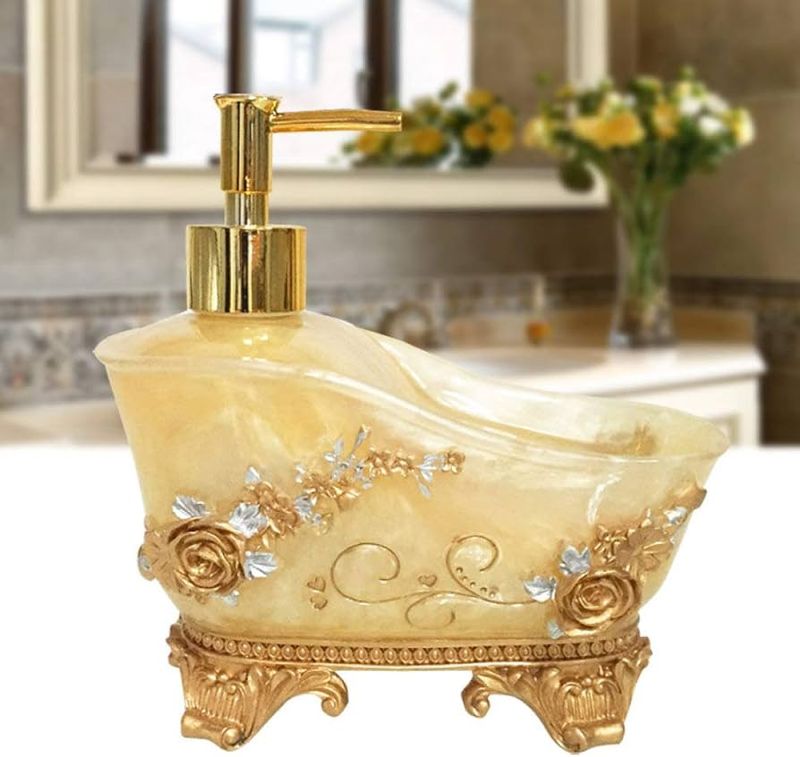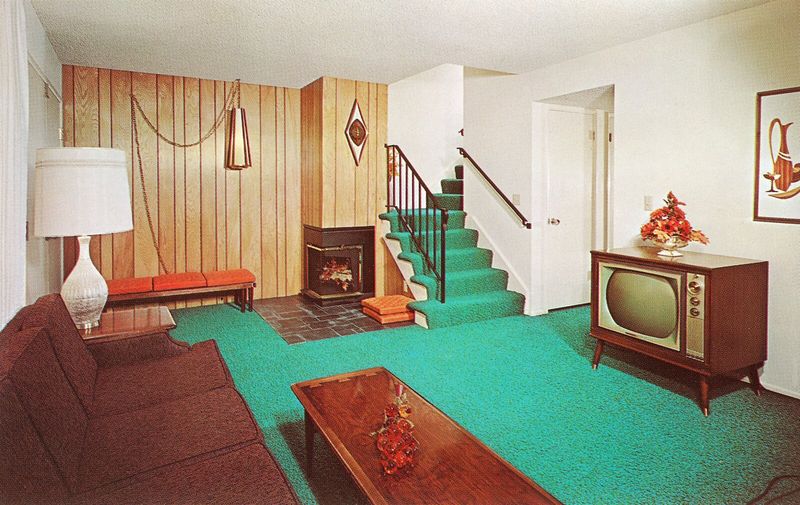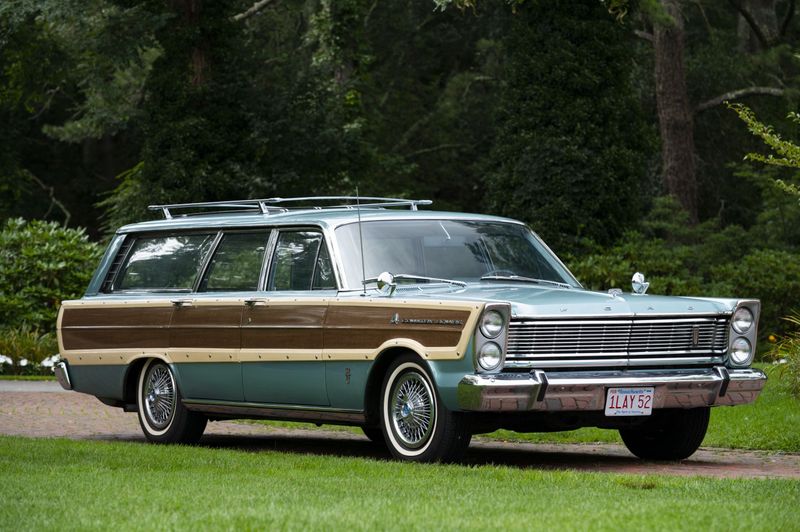Let’s face it—every generation has its quirks. But some of the things Boomers bought (and still swear by) leave Millennials scratching their heads. From the deeply practical to the delightfully puzzling, here are 19 Boomer purchases that make Millennials go, “Wait… why?”
1. Expensive Silverware Sets
Boomers treasured their expensive silverware sets, often using them only on special occasions. These sets were meticulously polished and stored, a testament to a time when formal dining was more commonplace. Millennials, however, are content with affordable, mismatched sets from places like IKEA.
The practicality of everyday use wins out over formality. The shift in dining habits means the lavish silverware remains mostly unused.
Once a symbol of luxury and status, these sets now sit in drawers, a reminder of changing priorities and lifestyles.
2. Landline Phones
In an era where mobility is key, landline phones seem like a relic. Boomers relied on these devices, tethered to their walls, for everyday communication. The convenience of mobile phones has largely replaced landlines among Millennials, who appreciate the freedom to communicate anywhere.
Landlines represent a simpler time but lack the flexibility today’s generation demands. The tactile experience of a rotary dial is nostalgic for some, yet impractical.
With most Millennials opting for smartphones, landlines evoke memories more than serve as necessities.
3. Hummel Figurines
Hummel figurines, with their cherubic, rosy-cheeked children, captured the hearts of many Boomers. These collectibles were cherished and displayed with pride, often in living rooms or special cabinets. Millennials, however, find them puzzling and somewhat antiquated in their aesthetic appeal.
The figurines, originating from Germany in the 1930s, represent a bygone era of craftsmanship. While Boomers saw them as art, Millennials view them as clutter.
Their preference leans towards modern design and minimalism, leaving Hummels behind.
4. Timeshares
Timeshares offer a unique yet perplexing concept. Boomers embraced them as a way to secure vacation spots, paying for a slice of paradise. Millennials are more skeptical, preferring the flexibility of Airbnb or other short-term rental options.
Owning a vacation you can’t fully control seems restrictive. With changing travel trends, timeshares struggle to capture the newer generation’s interest.
The idea of being tied to a location contrasts sharply with the desire for spontaneous, varied travel experiences.
5. Plastic Couch Covers
Plastic couch covers—an iconic yet bewildering feature of many Boomer homes. These covers were intended to protect the furniture, ensuring longevity. However, the sticky, uncomfortable sensation they created was often a topic of humor. Millennials often choose practicality and comfort over such preservation methods.
The plastic cover harks back to an era focused on material durability rather than aesthetic or comfort. With evolving interior design preferences, these covers have fallen out of favor.
The shift reflects a broader movement towards living spaces that prioritize immediate usability over preservation.
6. Fine Crystal
Fine crystal was considered a prized possession among Boomers, often displayed prominently in the home. The dazzling sparkle and intricate designs made it a symbol of elegance. However, Millennials often find such pieces impractical for everyday use.
Durability and ease of maintenance win over fragile beauty for the younger generation. While Boomers might reserve these for special occasions, Millennials opt for simple, robust options.
The allure of fine crystal is fading, overshadowed by the demands of modern, busy lifestyles.
7. Collector Plates
Collector plates turned walls into galleries of art and history for Boomers. Each plate told a story or represented a piece of history, often limited editions. For Millennials, practicality rules, and the space might be better used for functional purposes.
The decorative appeal of such collections has waned as interior design trends shift. While Boomers see nostalgia and art, Millennials see dust collectors.
The plates, once valuable, now serve as conversation starters rather than investments.
8. China Cabinets
China cabinets were once the pride of many boomer households. These grand pieces of furniture displayed the “good china” behind glass, a spectacle during family gatherings. Millennials, in contrast, prioritize minimalism and functionality, often owning just a few matching plates, if any.
The idea of dedicating a whole piece of furniture to dishes seems excessive to them. With the rise of open shelving and decluttering trends, the bulky china cabinet is becoming a relic.
The cabinet’s history dates back to the 17th century, evolving over time but losing appeal with the younger generation.
9. Vacuum Cleaners That Weighed a Ton
Old vacuum cleaners were robust and heavy, a household staple for Boomers. These machines required effort but promised thorough cleaning. Millennials, however, have embraced lightweight, cordless models, valuing convenience and storage efficiency.
The sheer weight and size of older vacuums seem excessive in modern homes. Technological advancements have made cleaning less of a chore, with smart vacuums taking over.
As homes evolve, so do the tools we use within them, making these heavy-duty machines a thing of the past.
10. Alarm Clocks with Red LED Digits
Boomers relied on alarm clocks with glowing red LED digits to start their days. These clocks, with their steady presence, were a bedroom staple. Millennials, however, simply rely on their smartphones, which offer more features and flexibility.
The red LED, once a beacon of punctuality, now feels outdated. As technology advances, so does the way we keep time.
The traditional alarm clock serves more as a nostalgic item rather than a necessity in modern times.
11. Formal Living Rooms
Formal living rooms, a hallmark of Boomer homes, often featured elegant decor reserved for special guests. Millennials, facing high living costs, utilize every space in their homes.
The concept of a room purely for show seems impractical to them. With open floor plans and multifunctional spaces becoming popular, the formal living room is increasingly rare.
What was once a space for showcasing wealth is now seen as an inefficient use of precious square footage.
12. Home Encyclopedias
Encyclopedias were a cornerstone of knowledge in Boomer households. These hefty volumes held a wealth of information, accessible without the click of a mouse. Millennials, however, grew up with the internet, where Google is the go-to for any inquiry.
The immediacy of digital information outweighs the charm of flipping through pages. Encyclopedias now serve as decorative pieces rather than educational tools.
In the digital age, the physical encyclopedia is nostalgic but largely obsolete.
13. TV Cabinets the Size of Refrigerators
Boomers housed their bulky television sets in equally massive cabinets, often dominating the living room. These pieces were as much about aesthetics as functionality, offering storage and style. Millennials now hang sleek flat screens on walls, freeing up space.
The cumbersome TV cabinet has become unnecessary with modern technology. What once was a focal point is now a relic of furniture design.
In today’s homes, efficiency and minimalism take precedence over grandeur.
14. Beepers and Pagers
Beepers and pagers once represented cutting-edge communication. Boomers relied on these devices to stay in touch, a precursor to the mobile phone revolution. Millennials jumped from feature phones to smartphones, bypassing the pager era entirely.
The beep of a pager evokes nostalgia for some but seems archaic to others. As technology advanced, the need for pagers vanished, making way for instant communication.
What was once a vital tool is now a quirky piece of tech history.
15. Magazines Subscriptions by the Dozen
Boomers subscribed to numerous magazines, eagerly awaiting each issue’s arrival. These subscriptions provided entertainment and information in a pre-digital world. Millennials, however, have access to endless content online, rendering physical magazines less appealing.
The stacks of glossy pages have given way to digital screens and e-readers. While some magazines hold nostalgic value, many others struggle to compete with the immediacy of the internet.
The tactile experience of flipping through pages is cherished by some, yet overshadowed by digital convenience.
16. Camcorders the Size of a Briefcase
Boomers documented cherished memories with camcorders, hefty devices that recorded family events and vacations. Millennials now capture high-definition videos on their phones, appreciating portability and ease.
The bulky camcorder, once a marvel of technology, seems cumbersome today. Technological leaps have made filming accessible to everyone, everywhere.
What once required a dedicated device now fits in your pocket, reflecting broader trends in tech miniaturization.
17. Fancy Soap That No One Was Allowed to Use
Boomers often had fancy soaps that were purely decorative, adding a touch of elegance to bathrooms. Millennials prioritize functionality, opting for eco-friendly, everyday soaps.
The concept of untouchable soap seems wasteful in a world moving towards sustainability. These ornate bars, while beautiful, are impractical for daily use.
The shift from decoration to function reflects changing values and priorities.
18. Wall-to-Wall Carpeting
Wall-to-wall carpeting once epitomized comfort and style in Boomer homes. Its soft texture was inviting, yet also a magnet for dust and allergens. Millennials prefer hardwood or laminate flooring, appreciating ease of cleaning and modern aesthetics.
The cozy carpeted room has given way to sleek, minimalist designs. As interior design evolves, so do flooring preferences, reflecting broader lifestyle changes.
What was once seen as luxurious is now a maintenance concern for many.
19. Station Wagons
Before the SUV era, station wagons were the family vehicle of choice for Boomers. These cars offered ample space for road trips and groceries. Millennials, however, are drawn to compact cars or hybrids, seeking efficiency and lower environmental impact.
The iconic station wagon, with its wood paneling, evokes nostalgia but seems impractical today. As automotive technology advances, so do consumer preferences.
The shift underscores changing priorities in mobility and sustainability.
